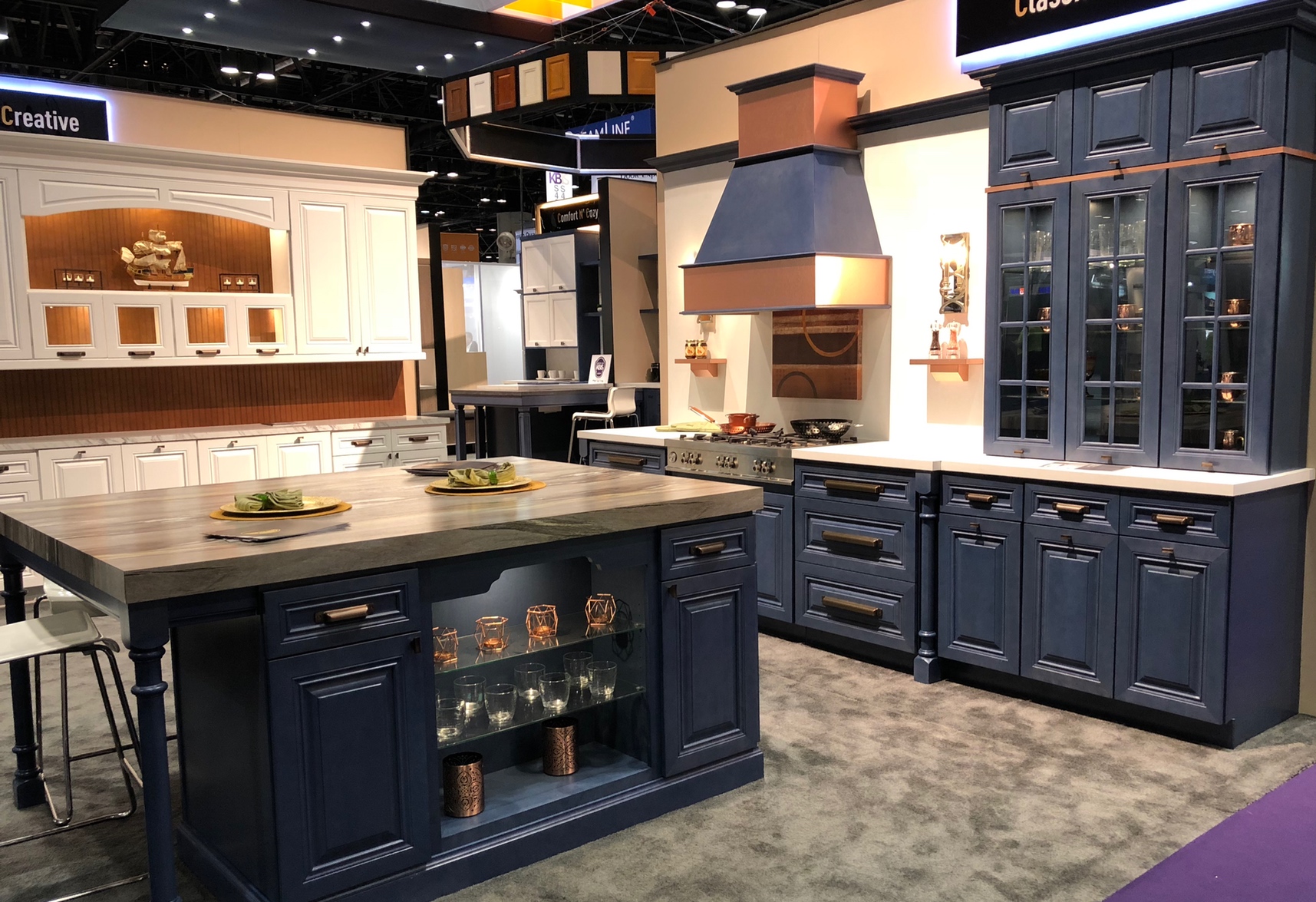
For a long time, only professional contractors and experienced carpenters had the skill set and expertise necessary to install kitchen cabinets effectively. Today, however, it’s quite easy to make a DIY project out of kitchen cabinet installation, especially if you use the internet as a guide. Below we answer four commonly asked questions about the cabinet-installation process, and these answers will hopefully make your installation process much smoother. And if you’re looking for kitchen cabinets for sale in Mt. Holly, you should check out our expansive online store!
Question One: Should I install upper cabinets or base cabinets first?
It’s best to install upper cabinets before base cabinets for a number of reasons. The most important reason is that installing in this order makes the whole installation process easier. If base cabinets are put in before upper cabinets, the upper cabinet installation becomes a lot more difficult and awkward. Although this may seem like a menial distinction from the outset, this is a mistake you don’t want to make during the installation process.
Question Two: What can I use to make scribing easier/more effective?
Finding the largest distance between the outside of the cabinet and the wall is an essential part of the installation process. Using a pencil, write down this measurement on the filler strip you’re using. Clamp the filler onto the cabinet flush using the inside of the vertical rail. Measure from the wall to your pencil mark and then create a sizing block of that size. Trace a line down from the filler strip using your sizing block. Remember that masking tape can come in handy at this point.
Question Three: What do I need to effectively carry out a cabinet installation?
Listed below are some of the items you’ll need to carry out a cabinet installation effectively. Remember that all these may not be necessary for your specific job:
- Level
- Pencil
- Chalk line
- Tape measure
- Stud finder
- Plumb bob
- Filler strips
- Cordless drill/driver
- Countersink drill bits
- 2½ inch screws
- Wood clamps
- Screwdriver
- Bench plane
- Sander
- 2 x 2 cleats
It’s essential that you begin your task with all the necessary tools as leaving midway through to get the things you need could elongate the process and maybe lead to screw-ups.
Question Four: Should I install cabinets myself or get a qualified professional to do it?
Many consider professional skill sets and expertise to be vital during the cabinet-installation process, but it’s also true that more and more projects are being done DIY nowadays. Of course when you hire a professional to install your cabinets, you’re ensuring that the job gets done well with the level of expertise that one who has no carpentry experience cannot easily replicate. But then at the same time, you’re going to be paying for these high-quality services. Here’s our recommendation: If you have the budget for it, you should hire professional contractors. But if you don’t, a DIY cabinet installation can be a very rewarding experience.


